Quilted by hand and with a domestic sewing machine
My mother’s generation was thrilled with the technological advances that gave them the automatic washing machine. No more hand work! She could even walk away from the machine and do something else. What a time saver. Today, we take an automatic washing machine for granted but still, there are those few things that I like to wash by hand.
Next came the clothes dryer, and although my mother had one for a long time, she still preferred to hang her clothes outside to dry. It was nice to have the choice, depending on the particular garment, the weather, or her energy that day.
My generation has had the choice of washing dishes by hand or using a dishwasher. I was slower to accept this machine, thinking that it was too much of a luxury. But I still remember the first evening that I used it. I was sitting on the front porch, when a neighbor went by and asked what I was doing. “Washing the dishes!” was my quick reply. I still wash a number of things by hand – fragile items, good knives, large sticky pots – but the majority of the work is done by machine.
I’ve been quilting by hand since the late 1960s. I love hand quilting; it’s a calm, relaxing process and I have finished more than 200 pieces this way. I’ve been using a sewing machine since I was a teenager, making clothing and home decorator items, but I didn’t used it on my quilts. The purchase of a new sewing machine in the mid-1990s gave me the option of quilting with a walking foot. I started experimenting with quilting in-the-ditch and simple line patterns in borders. I discovered (as many already knew) that it was a quicker way to finish a few things. Although I never took the time to learn free motion, I found that I could quilt simple flowing designs with the walking foot. I learned that some areas were quicker and easier to quilt by machine and some were still easier by hand. It made sense to use the technique that fit the situation and gave me a good finished product.
Our new generation is fortunate to have many different ways to quilt. Together, my daughter and I have been quilting with a longarm machine. Jennifer knows how to hand quilt and I hope she will quilt some pieces that way. But quilting by machine can help her make more quilts and also allow her to spend more time with her family. We are not choosing one technique over the other because one is better than the other. We are happy to have so many options at our disposal. The decision is not about which method is right, or better, or faster, or easier, but how to achieve the effect we want. By combining hand and machine quilting in the same piece, we can have the best of both worlds.
We have many options in the methods we choose to create our quilts. We can use hand piecing, machine piecing, hand appliqué, machine appliqué, hand quilting, or machine quilting. Most quilters have a favorite way of working. We like to piece by machine, now that we have new methods to make it easy and accurate. Hand piecing has also found a new audience, but often those hand-pieced blocks are set together by machine. And many of us wouldn’t hesitate to combine machine piecing with hand appliqué. We should choose the techniques that make us comfortable with the work and give us the best results. A mix of quilting techniques can serve us in the same way. There are many ways and many good reasons to combine hand and machine quilting in the same quilt.
______
If we are happy with our work the way it is now, why would we want to change, and quilt our quilts with more than one technique? Perhaps to save time. Everyone knows that machine quilting is faster than hand quilting. The needle stitches faster. Combining hand and machine quilting in the same piece can finish a quilt in a shorter time than hand quilting alone. Machine quilting alone would be even quicker, but there are many other good reasons for combining hand and machine quilting in the same quilt.
From a practical point of view, hand quilters might ask themselves, “How many quilts can a hand quilter finish in a lifetime?” Whatever the number, it seems it will never be enough. There is always the next great design or beautiful fabric calling to us. Working with a combination of hand and machine quilting can help us make more quilts. We can “save” our hands by putting only measured amounts of hand work into each quilt.
If you have good skills in more than one technique, why not show them off in the same quilt? Just as a mixed technique quilt can show skill in both patchwork and appliqué, a combination of quilting techniques can add visual interest to a quilt and showcase your many talents.
Most of us make quilts for our family to use or to keep. I have made both kinds of quilts for my children and grandchildren. I want them to grow up knowing and loving quilts. The heirloom quilts are hand quilted, but I would not put that much time into a quilt for them to use everyday. It makes sense to make sturdy machine quilted quilts for children to use. But, at the same time, think about including some hand quilting for them to see. Most of us feel a strong sense of connection to the hand writing and hand work of a previous generation and we can touch future generations in the same way. As a variation on this idea, think about machine quilting the quilt and hand quilting a pillow or two to go with it. Or, hand quilt the front of a pillow and machine quilt the back.
Perhaps working with a friend will be the reason you choose to put hand and machine quilting into the same quilt. Working with a partner can be fun. If you each have different quilting skills, why not combine them? Think about ways to combine hand quilting and sewing machine, hand quilting and longarm, or sewing machine and longarm quilting.
Maybe the cost of hiring a quilter will be the deciding factor. If you do some of the quilting yourself, you will pay a fee only for the part that’s hired, whether it’s by hand or machine.
To get more quilting time out of your day, think about machine quilting in the daytime and hand quilting at night. This combination uses different muscles, different skills, and may double the time you can work on a quilt.
Perhaps you will find yourself working in a time or place without electricity. This might be a planned or an unplanned event but you can find ways to make it work for you. You may want to take your quilting with you on vacation, to an appointment, or a sporting event. With careful planning, machine quilting can be done at home and the hand quilted areas can be saved for times when you are away. Quilting can even be done through power outages – as long as we have enough light to see, stitching can be done by hand.
Once you begin to think about reasons to combine quilting techniques, chances are you will find many more combinations and good ways to use them. Let's be open to all of the possibilities and get those quilts quilted!
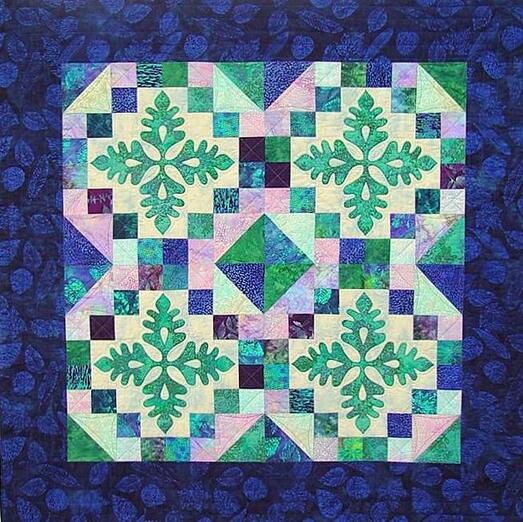
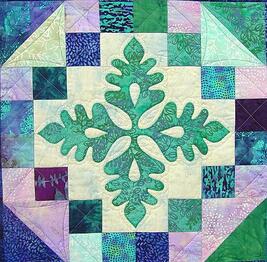
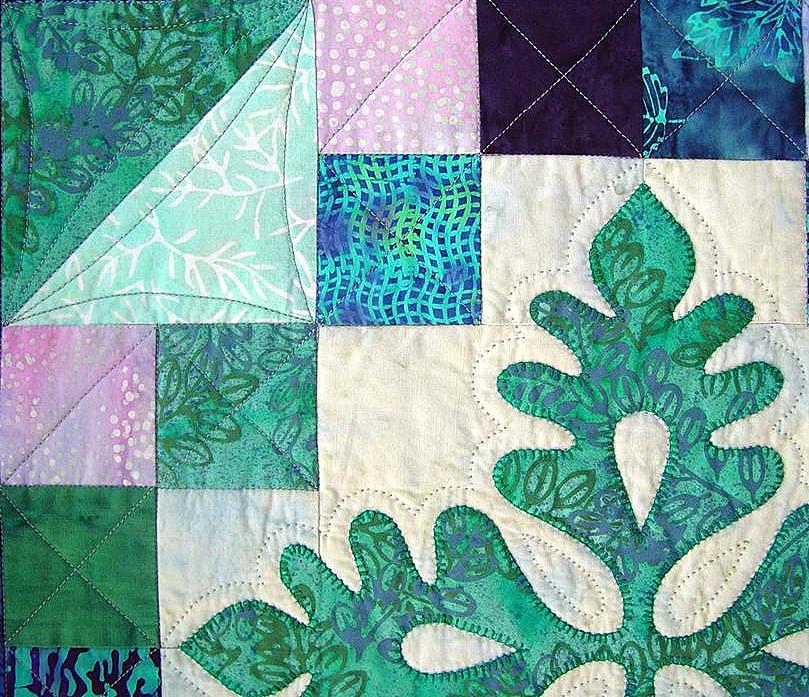
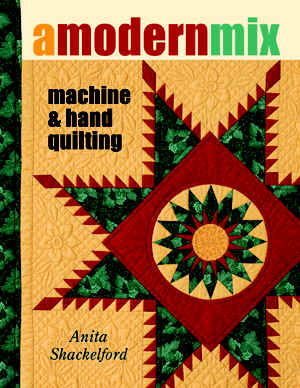
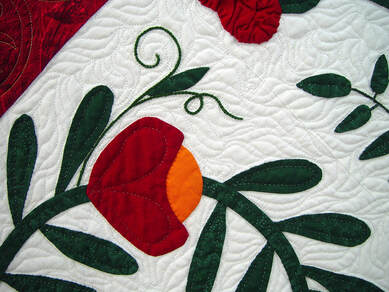
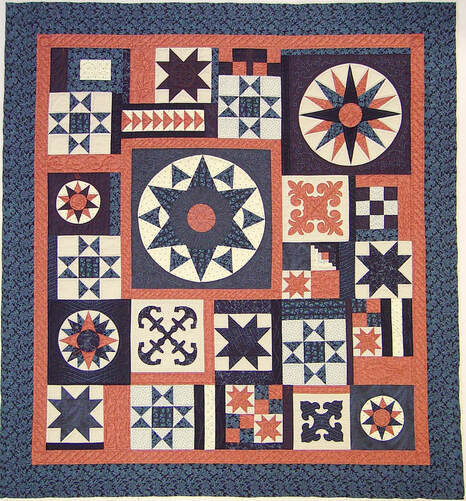
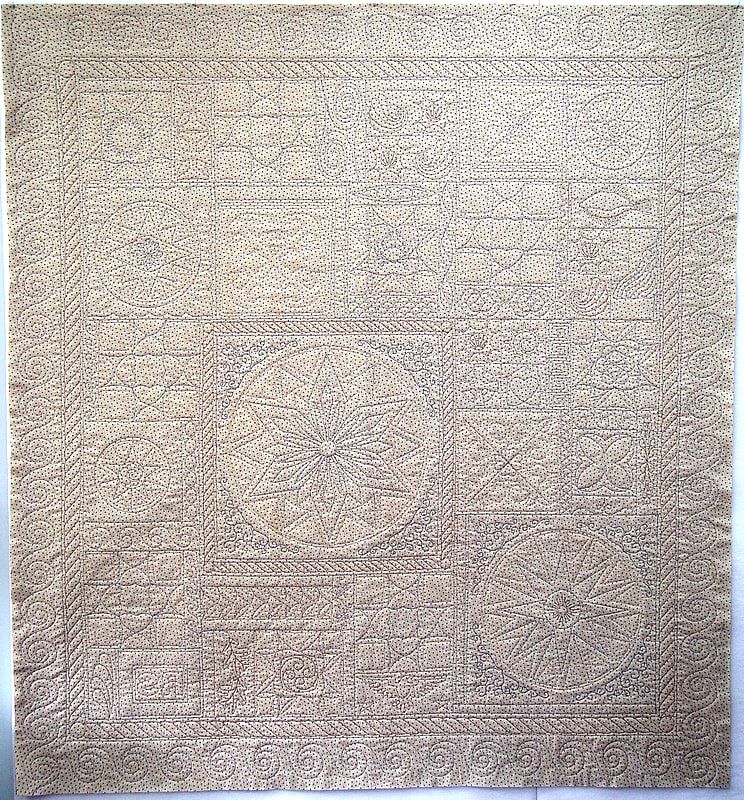
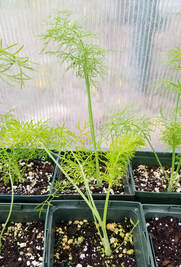
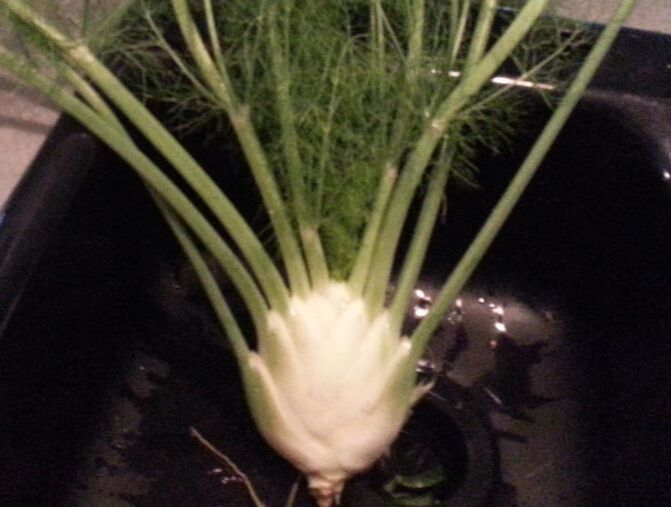
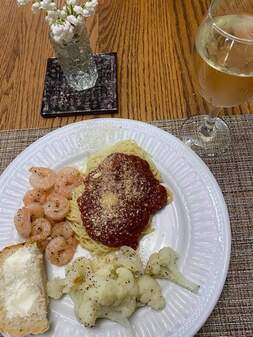
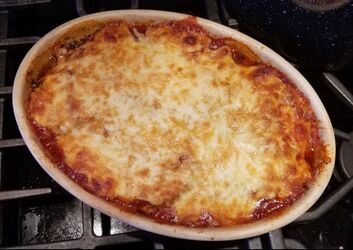
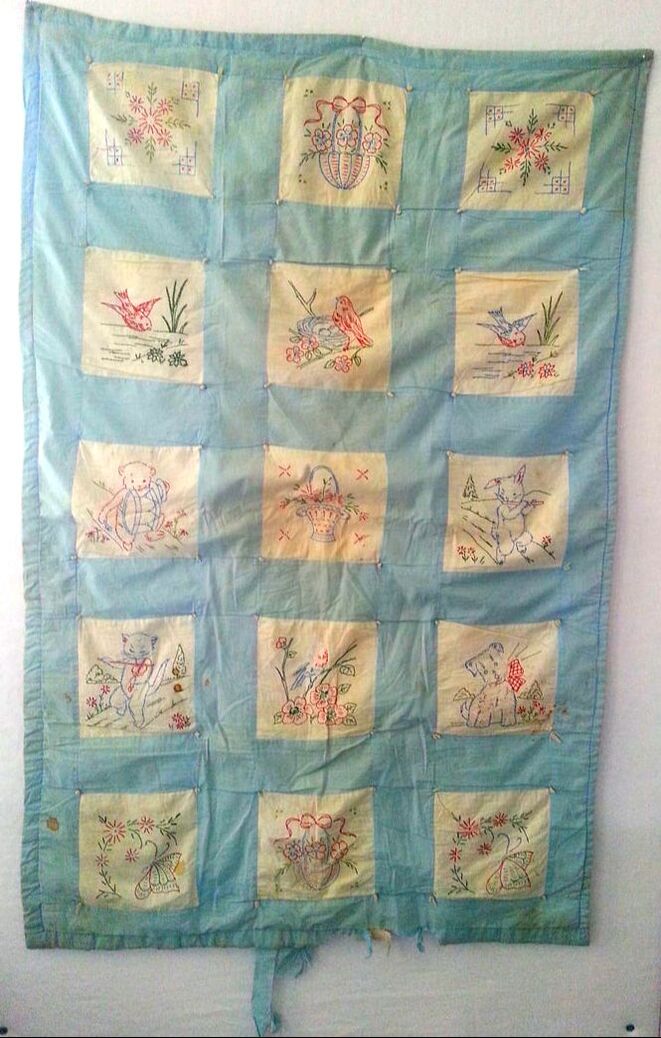
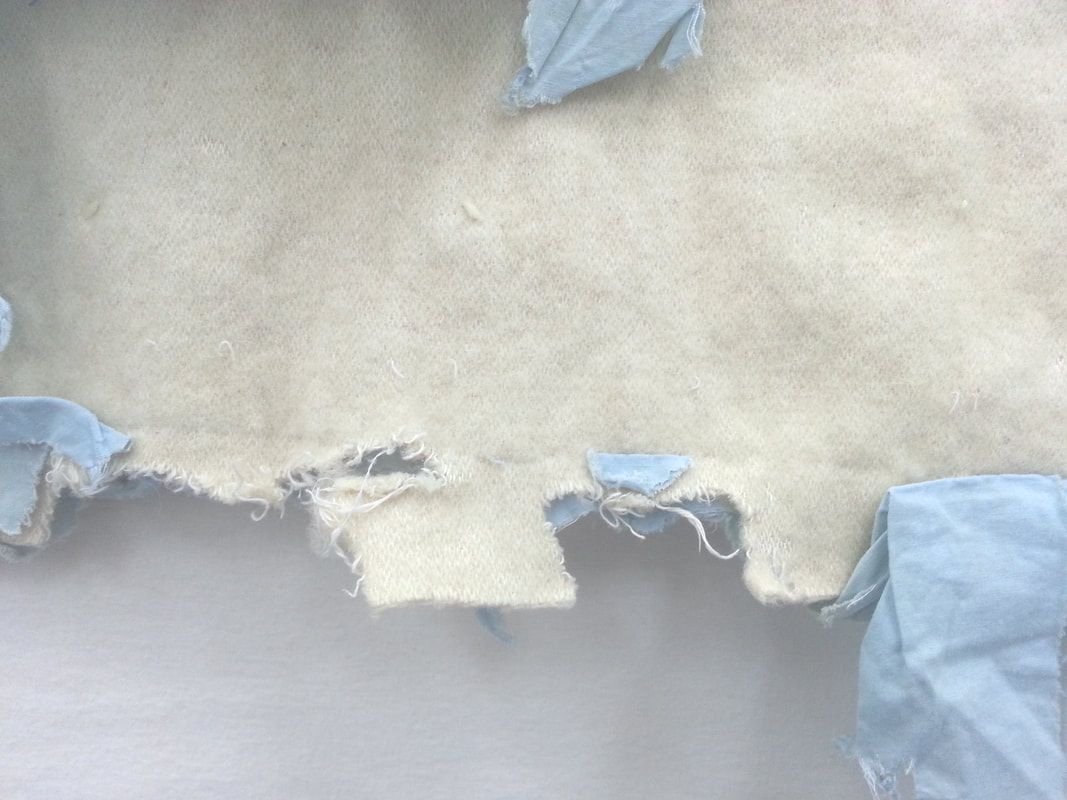
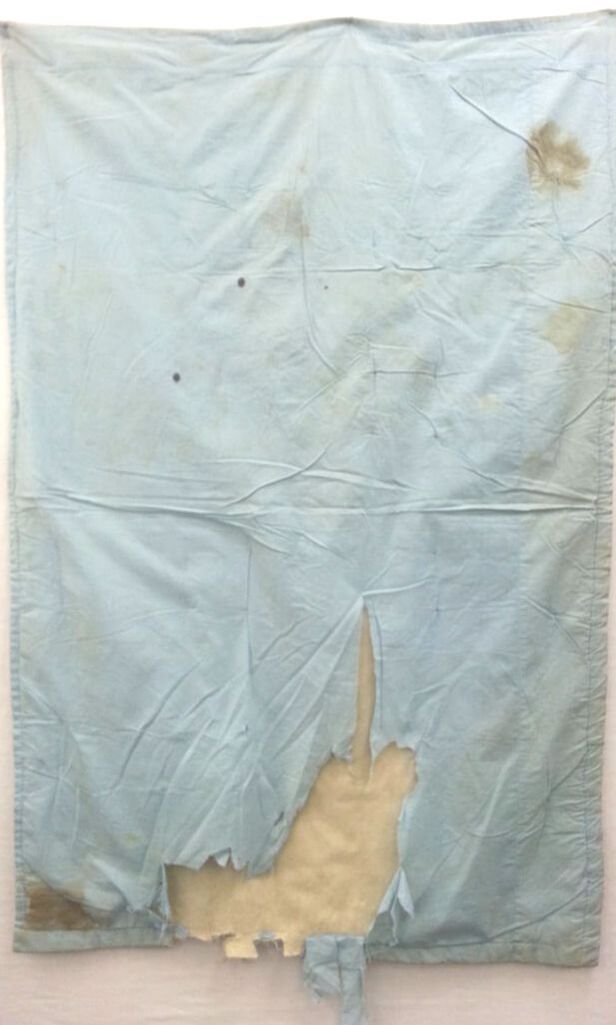
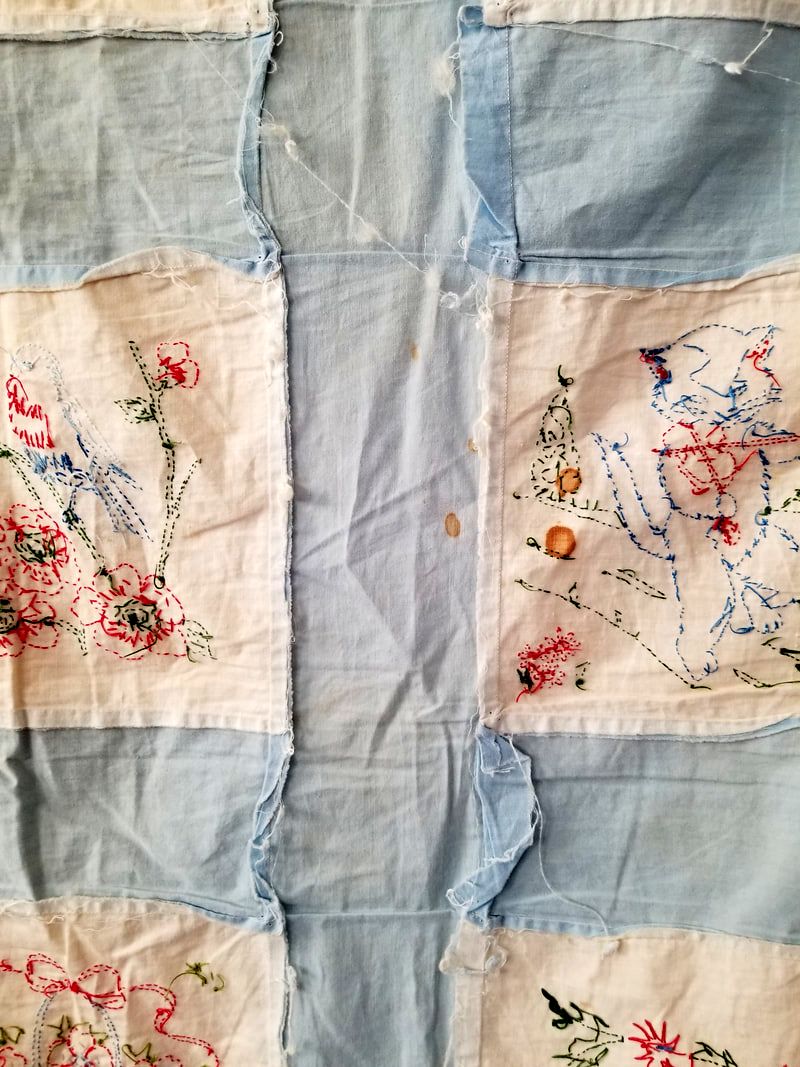
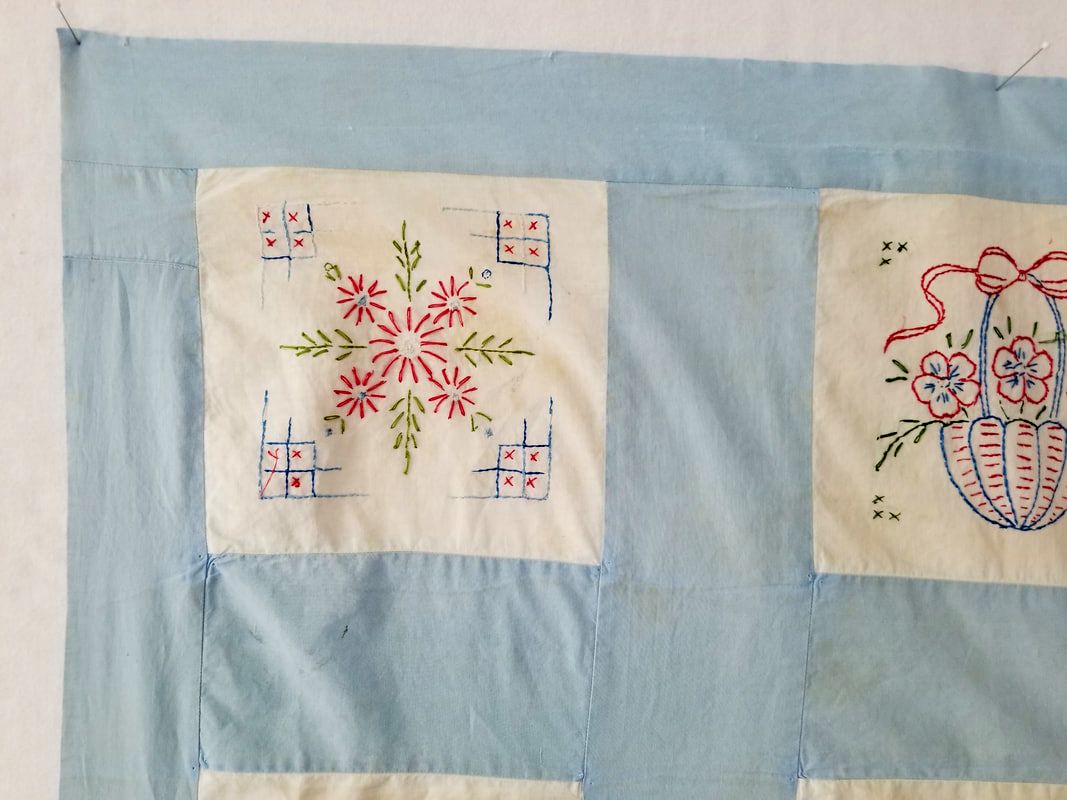
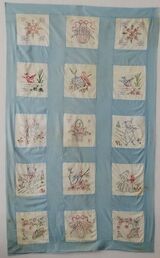
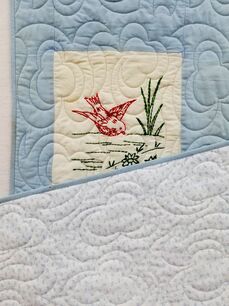
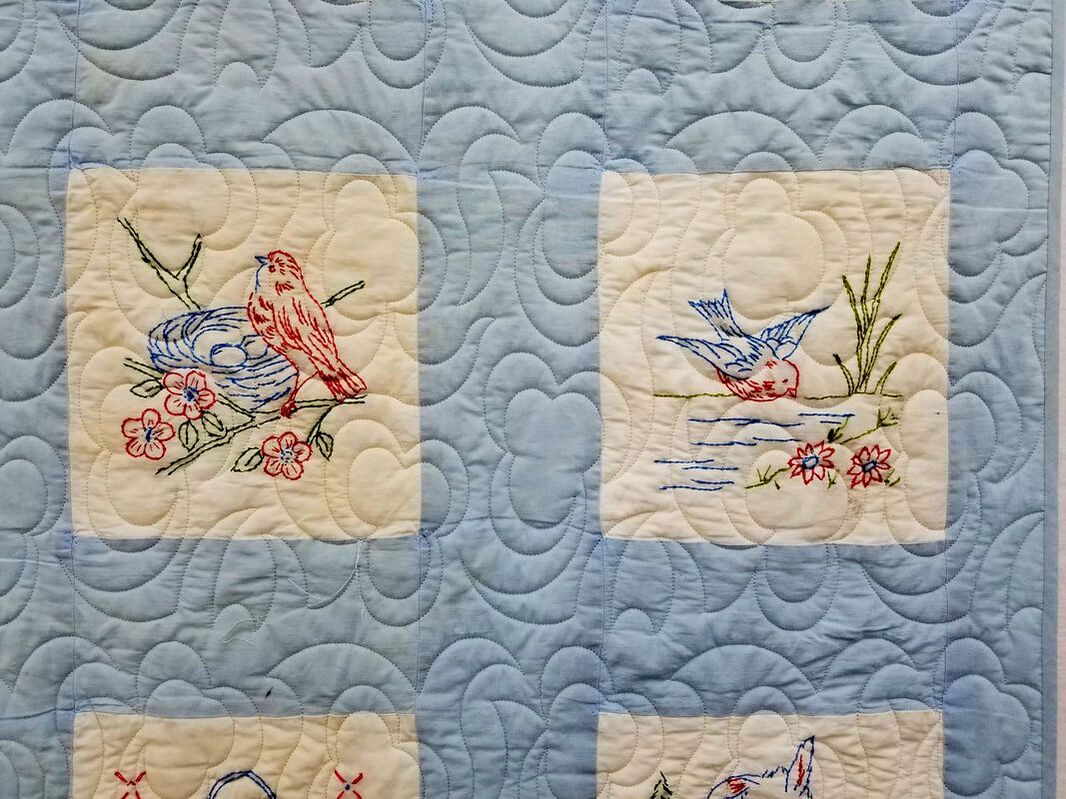
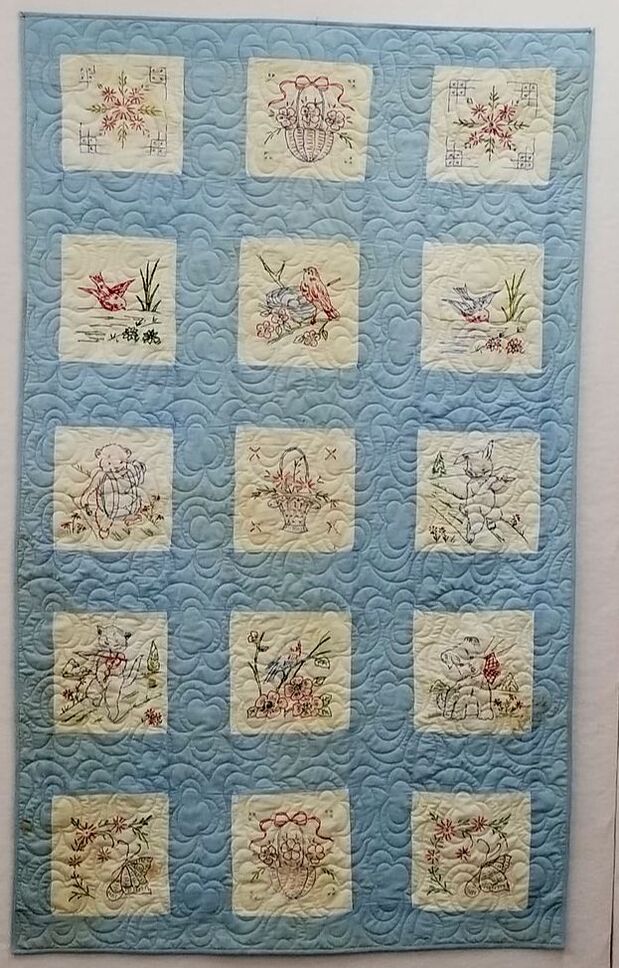
 RSS Feed
RSS Feed